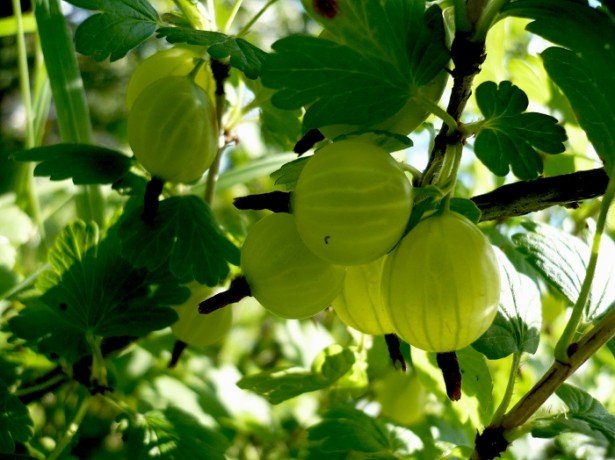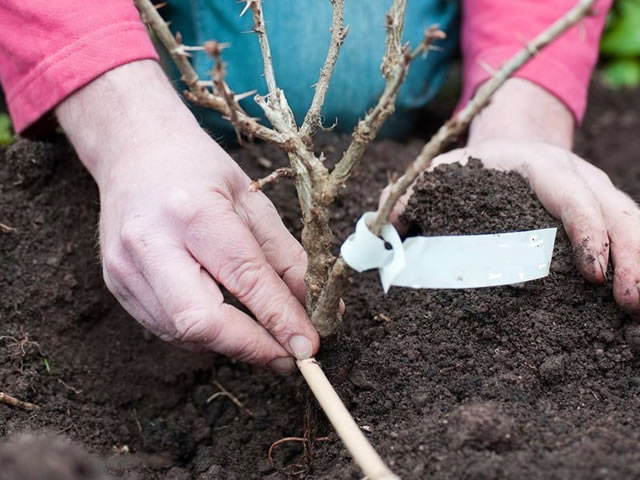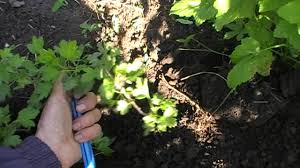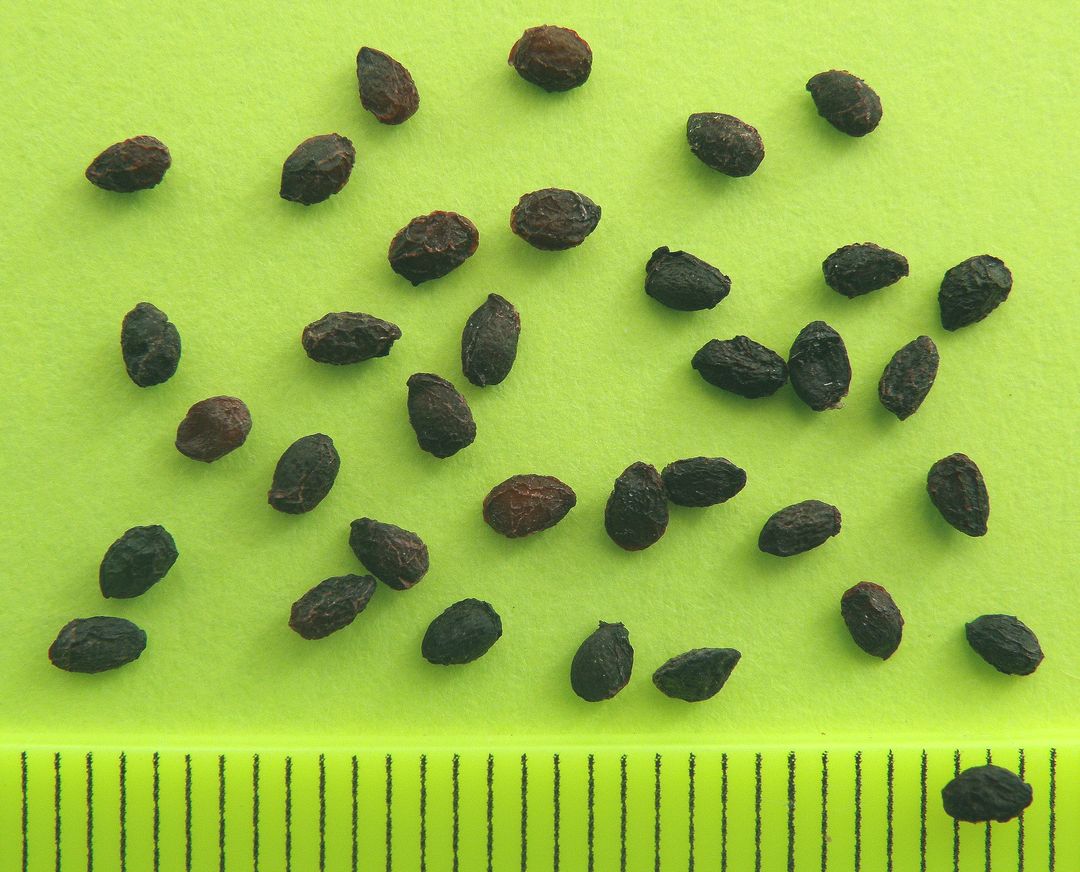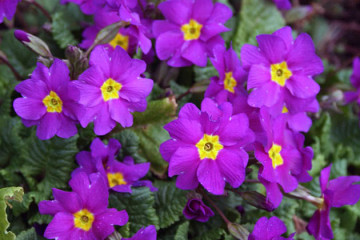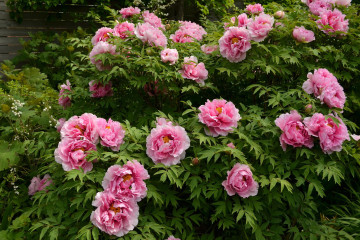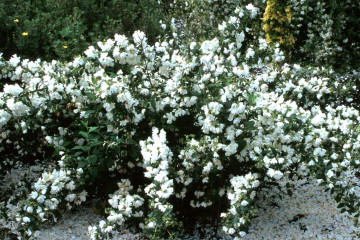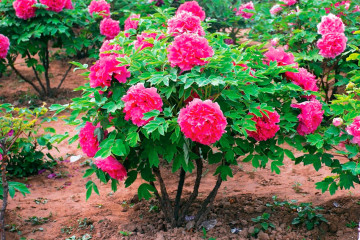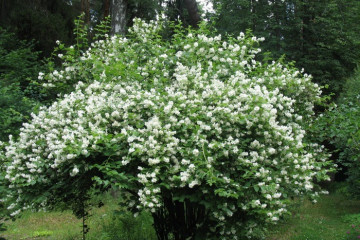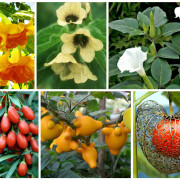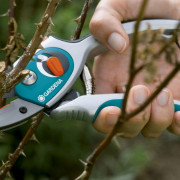How to propagate gooseberries in spring, summer and fall
Content:
To propagate a gooseberry bush, it is not necessary to acquire a new plant. You can grow new planting material yourself using simple methods. This process is not a big deal if you know how to propagate gooseberries correctly. This plant has the unique ability to grow rooted. Shoots, as soon as they are sprinkled with soil, begin the rapid formation of adventitious roots. They grow rapidly, creating a root mass that will fully meet the grower's requirements. To create several bushes of a plant with your own hands, you need to know how gooseberries reproduce.
Gooseberry propagation is carried out by the following methods:
- planting seeds;
- dividing the bush;
- gooseberry cuttings;
- gooseberry propagation by layering;
- vaccination.
How to cut gooseberries
If there is a desire to create a large number of bushes in one procedure, gooseberry cuttings are carried out in greenhouse conditions or under a film.
The disadvantage of this method is not always successful rooting of seedlings after cuttings. Experienced gardeners recommend preparing them for three weeks before the intended planting in the soil. To do this, gradually it is necessary to raise the film, reduce the moisture concentration and reduce the frequency of soil irrigation. If the cuttings are green or lignified, they will root poorly, their decay or the slow appearance of roots is noted.
Recommended timing
If this method of plant propagation is chosen, it is important to know how to propagate gooseberries by cuttings in summer. The right time allows the planting material to root much more readily. Gooseberry cuttings in summer are carried out at a time when the growth of young shoots is suspended - the period from the first decade of July to the third decade.
Planting material takes root best of all at a time when the daytime temperature varies from 18 to 23 degrees above zero in summer, and the nighttime - from 15 to 20 degrees. Water also must be used only warm for irrigation.
Harvesting green and lignified cuttings
It is recommended to cut green cuttings in the early morning. It is best to choose several green branches, up to 20 cm long, each must have at least 8 nodes.
Selection of containers and soil preparation
It is recommended to propagate the plant under a covering material. The soil substrate is harvested in advance. To do this, mix the sand and peat mass in equal proportions. This combination makes it possible to create good air access and ventilation.
Gooseberry propagation by green cuttings
The grafting algorithm is as follows:
- in the morning or in cloudy weather, cut a green shoot with a knife. Divide the green shoot into several parts - their length should be no more than 15 cm;
- treat with a diluted solution of potassium permanganate;
- place in a growth activator for a day;
- rinse under warm running water, plant in small pots;
- cover with foil for faster rooting;
- when the cutting takes root, it is planted in open soil.
How to root gooseberries? - for the rapid formation of roots, nitrogen, phosphorus and potassium are introduced into the soil in equal proportions.
Gooseberry propagation by lignified cuttings
Harvesting lignified shoots can be carried out in the spring and autumn. The algorithm is as follows:
- cut cuttings in autumn or spring from the tops of healthy branches, their length should not exceed 15 cm;
- treat with a growth stimulant;
- if it is far from planting, wrap the cuttings in a damp cloth, wrap with cellophane, lower them into the cellar, so they hibernate;
- planting in open ground is carried out at an angle, so the root system will form much faster;
- lightly tamp the soil and water, mulch.
How to root a gooseberry stalk in water
This method is the easiest for many, especially novice gardeners. You need to cut the stalk, put it in a jar of water and wait for the roots to appear. But this method does not always work. In order for rooting to be successful, certain rules must be followed:
- add water without changing it. Any change in water can shock the plant, it will not take root;
- water should be no more than two-thirds of the can;
- use an opaque container;
- periodically add activated carbon, potash baits to the water;
- plant the finished seedling in the soil.
Growing up, disembarking
When buds or leaves are formed on the planting material, they are grown to form a strong root system. Complex fertilizers are added to the soil, watered with a stimulant for the formation of the root system. Sand is poured on top.
When the seedlings are rooted, they can be transplanted to an open area in the garden, in a sunny place.
Reproduction by layering
This option is one of the most effective, since there is a high survival rate of almost all seedlings. It is best to perform the procedure in the first two decades of October. Bushes under 5 years old are used. It is imperative to eliminate all weeds around the plant, top-up the ground in the near-root zone, pre-fill the rotted manure.
Gooseberry propagation by apical layers
The algorithm is as follows:
- cut off old branches at the root, cut green shoots by two-thirds;
- when the young branches grow by about 15 cm, they need to be earthed around the perimeter, covered with soil from above. Sprinkle the soil throughout the summer;
- water abundantly;
- apply top dressing during the growing season.
Propagation by horizontal layers
This is a pretty straightforward way. The procedure is as follows:
- large low-lying branches are selected, you can take several branches at once. Their age should not exceed three years;
- they need to be shortened by about one third;
- the prepared material is laid in the dug, not too deep ruts. From above they are covered with soil, irrigated, mulched;
- during the growing season, abundant irrigation of the soil is carried out, mineral fertilizing is applied;
- when the shoots reach 5 cm, they are hilled;
- when the branch starts up the roots, they cut it off from the main bush, dig it out together with a lump of soil;
- transplant the finished material in an open area.
Arcuate layering
Gooseberries tend to form a root system with prolonged contact with the soil. To speed up this process, do the following:
- choose a healthy arcuate branch. They bend her to the ground;
- dig out a small trench, lower a branch into it;
- sprinkle with soil and humus on top;
- when the cuttings take root, they are cut off from the mother plant with a part of the soil;
- planting in open soil.
Gooseberry propagation by dividing the bush
It is necessary to divide the old bush into several parts using sharp pruning shears. It will be possible to get several young seedlings from it in the future. The order of work is as follows:
- gently dig the bush out of the soil;
- clean the root system from the earth, inspect for corrosion, decay and disease;
- remove damaged roots;
- separate young healthy branches from the mother bush;
- transplant seedlings to a permanent place.
How to propagate gooseberries with perennial branches
Even from cut branches, you can create young seedlings. It is enough to perform simple manipulations in the spring when pruning, and in the fall to plant a new plant in your garden.
The algorithm for performing the actions is as follows:
- to carry out spring pruning of old, too large lignified branches;
- choose the largest among the cut branches, deepen it into the soil;
- during the growing season, abundant irrigation of the soil is carried out, top dressing is periodically applied - diluted or sprinkled under the bush;
- when the shoot reaches a height of 20 cm, it is planted in the soil.
Is seed propagation possible
Propagation with seeds will allow you to get a new gooseberry variety. Such plants do not retain the properties of the mother bush.
To propagate gooseberries using seeds, you need to collect the seeds from large ripe fruits. Then mix them with a small amount of sand, pour the substance into a wooden box. In late autumn, dig a half-meter hole, put the box in it and sprinkle it with soil by 20 cm. In the spring, get the box, sow seed in a greenhouse or under a film shelter. Top with peat.
Features of seasonal breeding
In the spring
The optimal breeding period is dictated by the method chosen. In early spring, it is better to use apical cuttings. The division of the bush can also be carried out during this period. Seeds can be used at this time. In mid-October, seedlings can be planted in a permanent place.
In summer
At this time, it is recommended to use cuttings with green shoots. The summer period is also suitable for propagation by layering. The seed is being harvested.
In autumn
This time is well suited for cutting woody shoots. You can also divide the bush.
Gooseberry breeding methods are quite simple. This plant is unpretentious, therefore, in most cases it quickly takes root, forms a strong root system. You just need to choose the most suitable way for yourself, to perform simple actions. And in order to ensure the health of the plant, it is necessary to feed and irrigate it in a timely manner.
